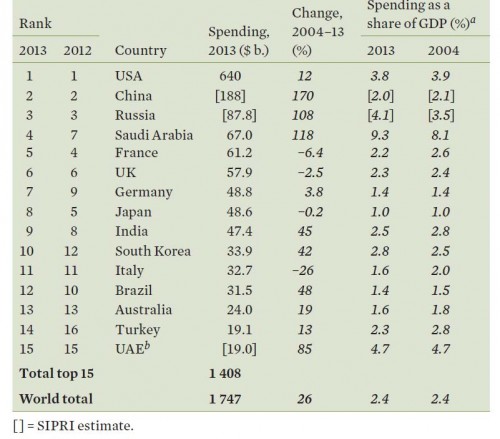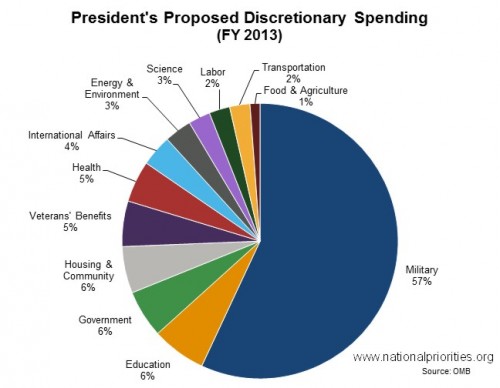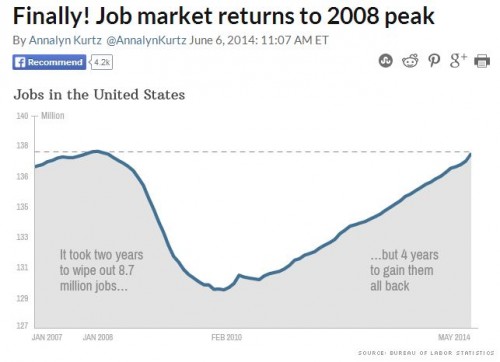We refer to Senators and Congressional representatives as “lawmakers.” We democratically elect these people so that they can write and enact laws. But every so often the curtain parts, and we get a glimpse of who’s writing the laws, though these are usually laws that don’t make headlines. There was that time during the Bush years when corporate lobbyists were sitting right next to elected representatives — mostly Republican — at a committee hearing, telling them what to say. The GOP defenders got all huffy at those who had pointed out who was really running the legislation show.
Last week’s New York Times has an article (here) about efforts to close loopholes in corporate tax laws. Three-quarters of the way through the story, we get this paragraph (emphasis added):
Elaine C. Kamarck, the co-chairwoman of a bipartisan coalition of businesses and organizations that support a tax overhaul, says the only way a tax bill will pass is to use any savings derived from closing corporate loopholes solely to lower the overall corporate tax rate. The companies that have joined the coalition, which include Boeing, AT&T, Verizon, Walmart and Walt Disney, have agreed to put every loophole on the table, she said, because they believe “a low enough basic tax rate is worth giving up exemptions.”
The message is clear: our elected representatives can change the law only if a handful of corporations agree. Ms. Kamarck tells us that these corporations have selflessly allowed their tax dodges to be put “on the table.” Presumably, had they not been so magnanimous, these corporations would not allow Congress to change the law. She also implies that if the tradeoff — fewer exemptions but lower rates — doesn’t benefit the corporations, they’ll take their loopholes off the table and stop our elected representatives from changing the law.
Nice. I think that educators are so valuable to society that their income should not be taxed. But that table Ms. Kamarck mentions — the one where you tell Congress which tax rules you’ll accept — I can’t get anywhere near it. So I pay my taxes. In fact, last year, I paid more in taxes than did Verizon and Boeing combined. They, and several other huge corporations, paid zero.
I am, of course, naive to think that it was really Congress that wrote the laws that allow these corporations to pay nothing, and not the corporations themselves. How else?
Jay Livingston is the chair of the Sociology Department at Montclair State University. You can follow him at Montclair SocioBlog or on Twitter.












